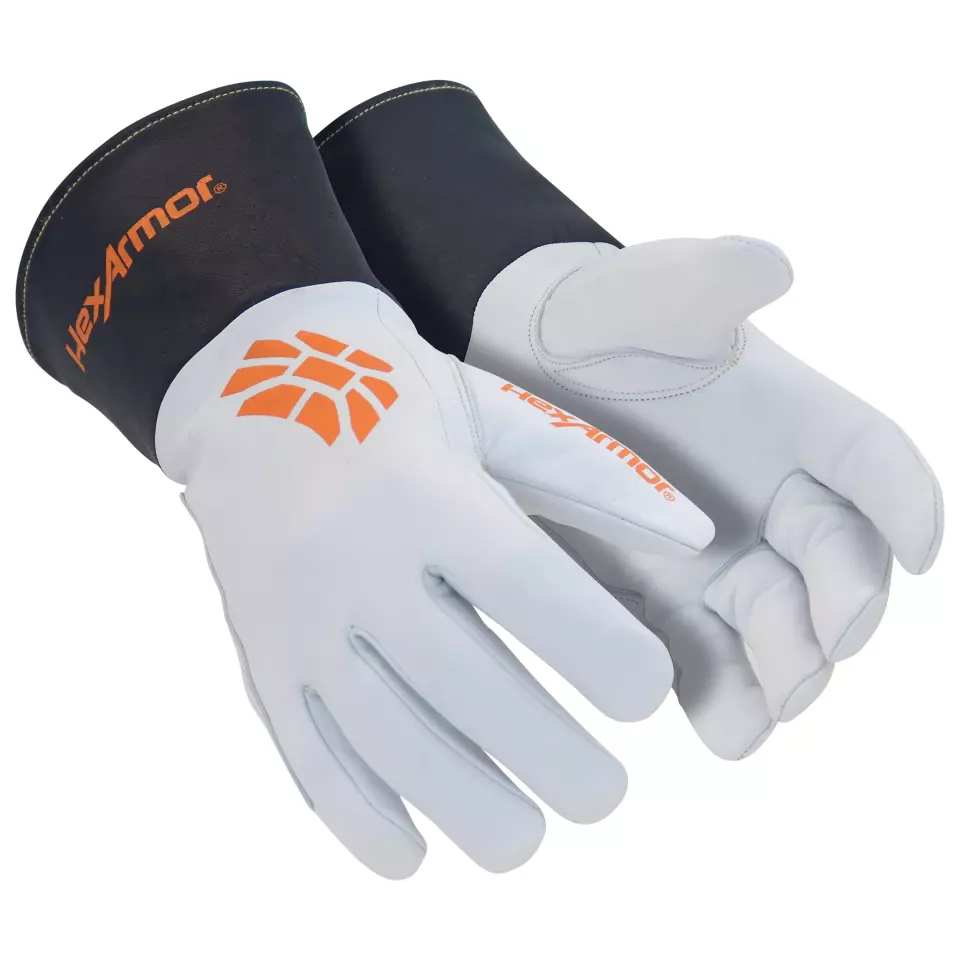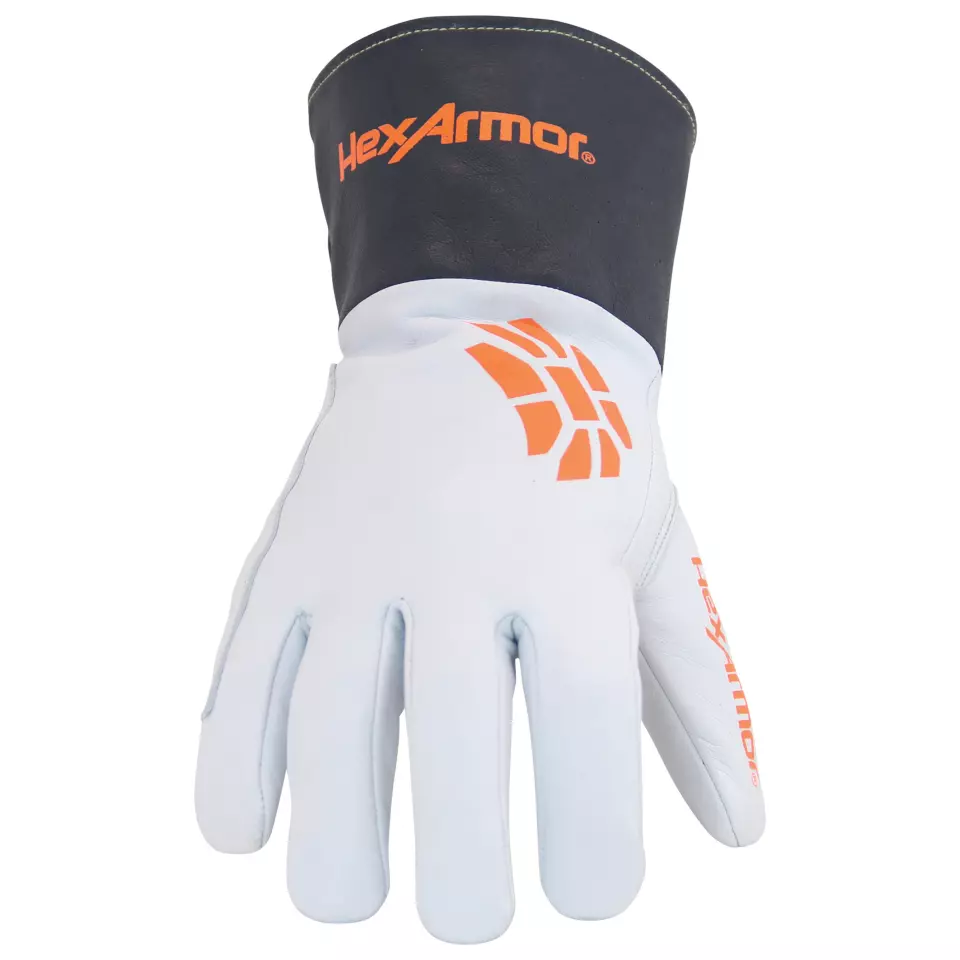HexArmor Chrome SLT™ 4062 Safety Gloves
5.0 / 5
Product description
The HexArmor Chrome SLT gloves combine superior protection with exceptional comfort, featuring a goatskin leather palm and an advanced Aramid liner for comprehensive 360-degree cut resistance. These mechanics-style gloves deliver outstanding dexterity and grip performance in both dry and light oil conditions, while maintaining high levels of puncture resistance. The innovative design includes an extended safety cuff for convenient donning and doffing, making these gloves ideal for demanding industrial applications requiring both protection and precision.
Product Features:
- Goatskin leather palm for traditional comfort
- Aramid liner providing 360° cut protection
- High-dexterity design with form-fitting construction
- Extended safety cuff for easy on and off
- Superior grip in dry or light oil conditions
Technical Details:
- ANSI/ISEA Cut Level A5 (2509 gram score)
- ANSI/ISEA Puncture Level 4
- HRC ATPV: 46 Cal/cm² (Level 4 performance)
- Style: Mechanics
- Grip Type: Dry or light oil
Standards:
- EN388:2016 (2X23E)
- EN407:2004 (422141)
- Burning Behavior Level 4
- Contact Heat Level 2
- Convective Heat Level 2
- Radiant Heat Level 1
- Small splashes of molten metal Level 4
- Large splashes of molten metal Level 1
- Arc Flash Resistance
- Cut Resistant
- Heat & Flame Resistance
- Hand Protection
Standards and labels
Uvex delivery terms
Free delivery when you order more than 150,00 € from Uvex
Supplier shipping fee 4,74 €
Brand minimum 0,00 €
Price available on request
Shipping fee is 4,74 € for orders under 150,00 €
Sold in units of one pair
Need larger quantities?
Other products you may like
Recently viewed
Other products you may like
Similar products you may like
Autonomous sourcing platform
The most efficient way to source and order supplies for your operations




